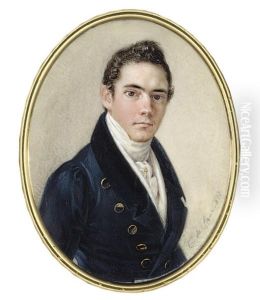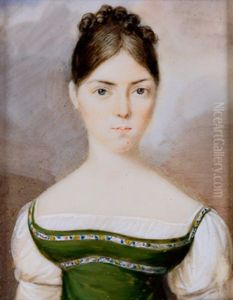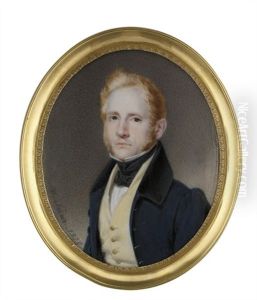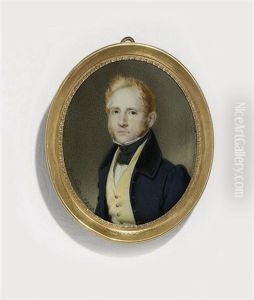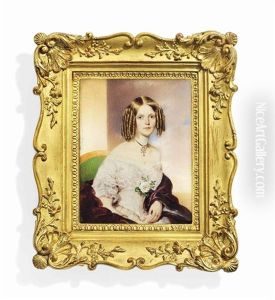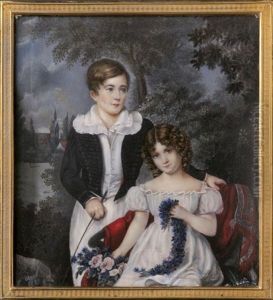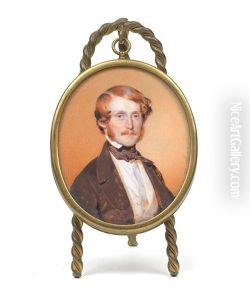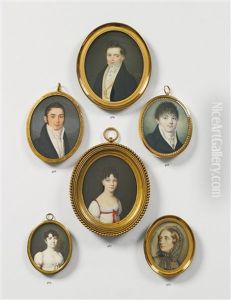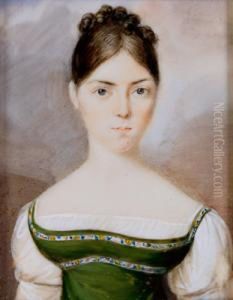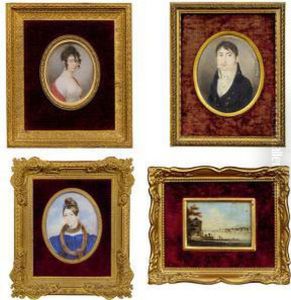Karl Von Saar Paintings
Karl von Saar, born on July 1, 1797, in Vienna, Austria, was a notable figure in the Biedermeier period, an era in Central Europe between 1815 and 1848, characterized by a conservative and middle-class sensibility in the arts. The Biedermeier period emphasized simplicity and modesty, which is often reflected in Saar's work. His art was part of the broader Romantic movement that dominated European culture at the time, focusing on emotion and individualism.
Von Saar was initially influenced by the work of the German artist Caspar David Friedrich, known for his landscapes that evoke emotion and the sublime. However, Saar developed his own style, tending towards genre painting, portraiture, and occasionally historical themes. His paintings often depicted everyday life, with a particular focus on the domestic and private spheres. This was in line with the Biedermeier aesthetic, which leaned towards the depiction of a tranquil, ordered life that provided an escape from the political upheavals that Europe was experiencing during this period.
Throughout his career, Saar received commissions from the middle class, which sought art that reflected their own values and experiences. His works were known for their detailed representation and a certain warmth that resonated with his patrons. He was not just a painter but also a teacher, passing on his techniques and sensibilities to a new generation of artists.
Karl von Saar's contribution to Austrian art is significant in that he captured the spirit of his time through his paintings. Though he may not be as widely known as some of his contemporaries, his work provides valuable insights into the Biedermeier period's culture and aesthetics. Von Saar died on March 11, 1853, in his hometown of Vienna, leaving behind a body of work that continues to be studied and appreciated for its historical and artistic value.

